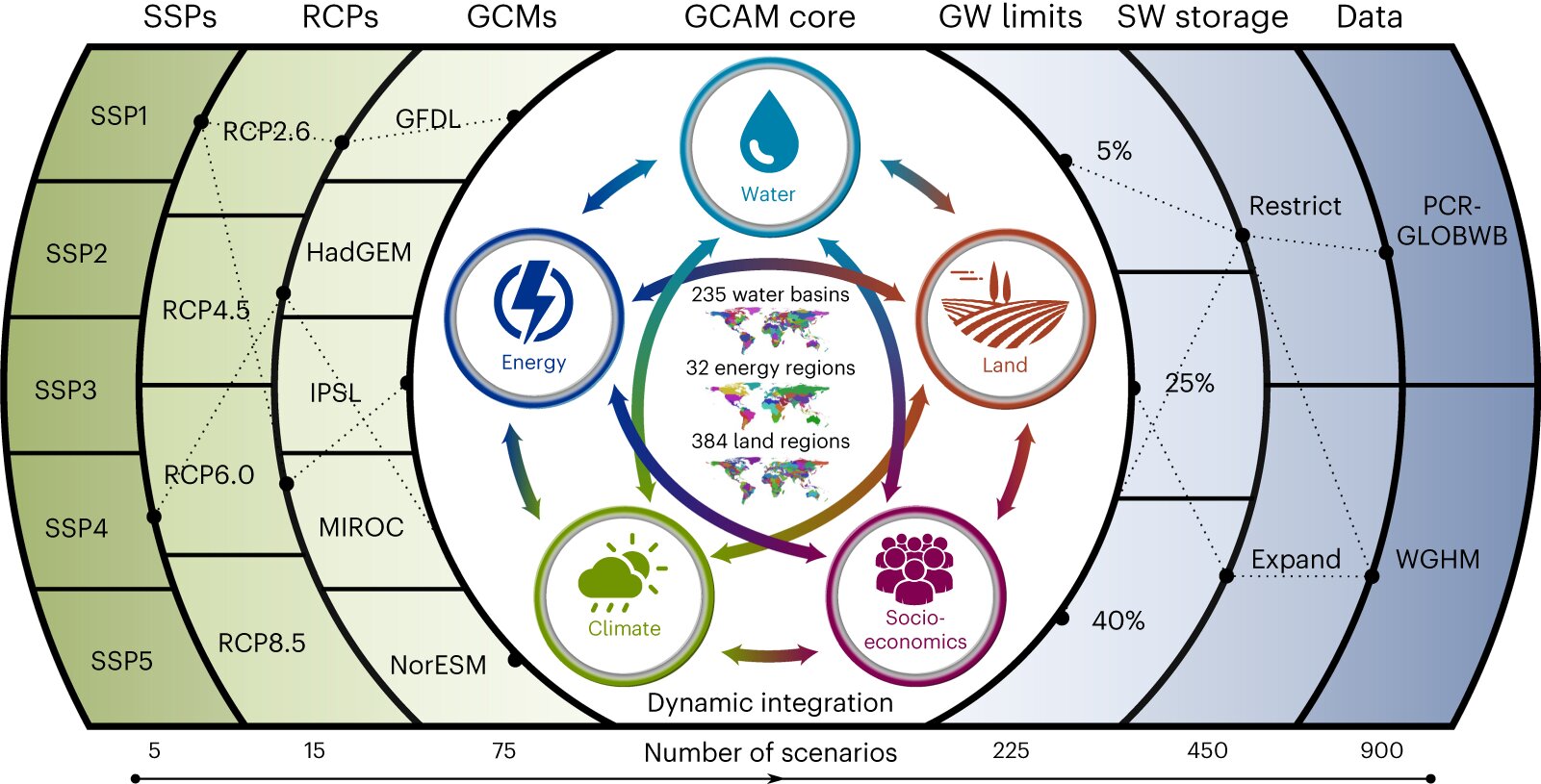
Dead zones, explained
Few marine organisms can survive the toxic low-oxygen conditions of dead zones. Here’s how our agricultural practices make them worse.
“Dead zones” are deadly: Few or no organisms can survive in their oxygen-depleted, or hypoxic, waters. Often encompassing large swaths of ocean (and even lakes and ponds), dead zones become oceanic deserts, devoid of the usual aquatic biodiversity.
Though hypoxic zones can occur naturally, many more are caused by agricultural practices across the world—a big problem for wildlife and for people.
After the 1970s, dead zones became more widespread, almost doubling each decade since the 1960s. A 2008 study found more than 400 dead zones exist worldwide—anywhere excess nutrients travel downstream and into a body of water. (Read about a large dead zone in the Baltic Sea.)
The largest dead zone in the world lies in the Arabian Sea, covering almost the entire 63,700-square mile Gulf of Oman. The second largest sits in the Gulf of Mexico in the United States, averaging almost 6,000 square miles in size.
Leave a Comment
Related Posts



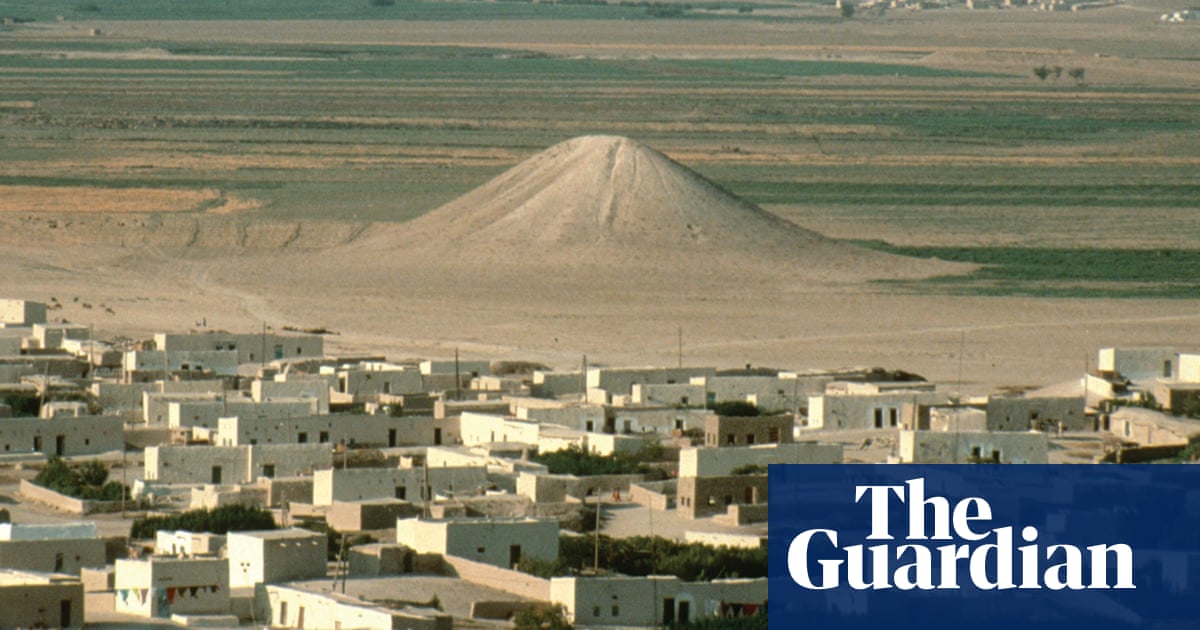
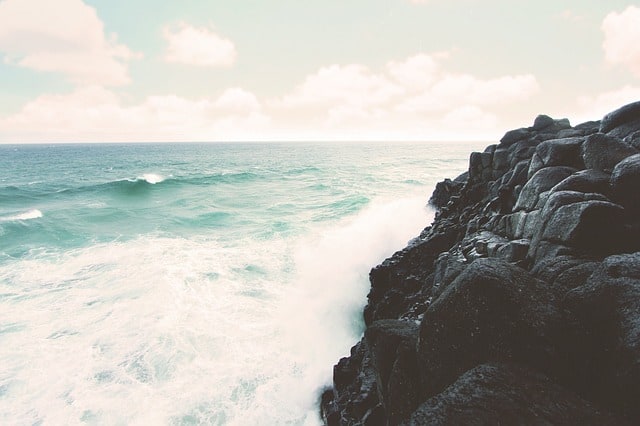


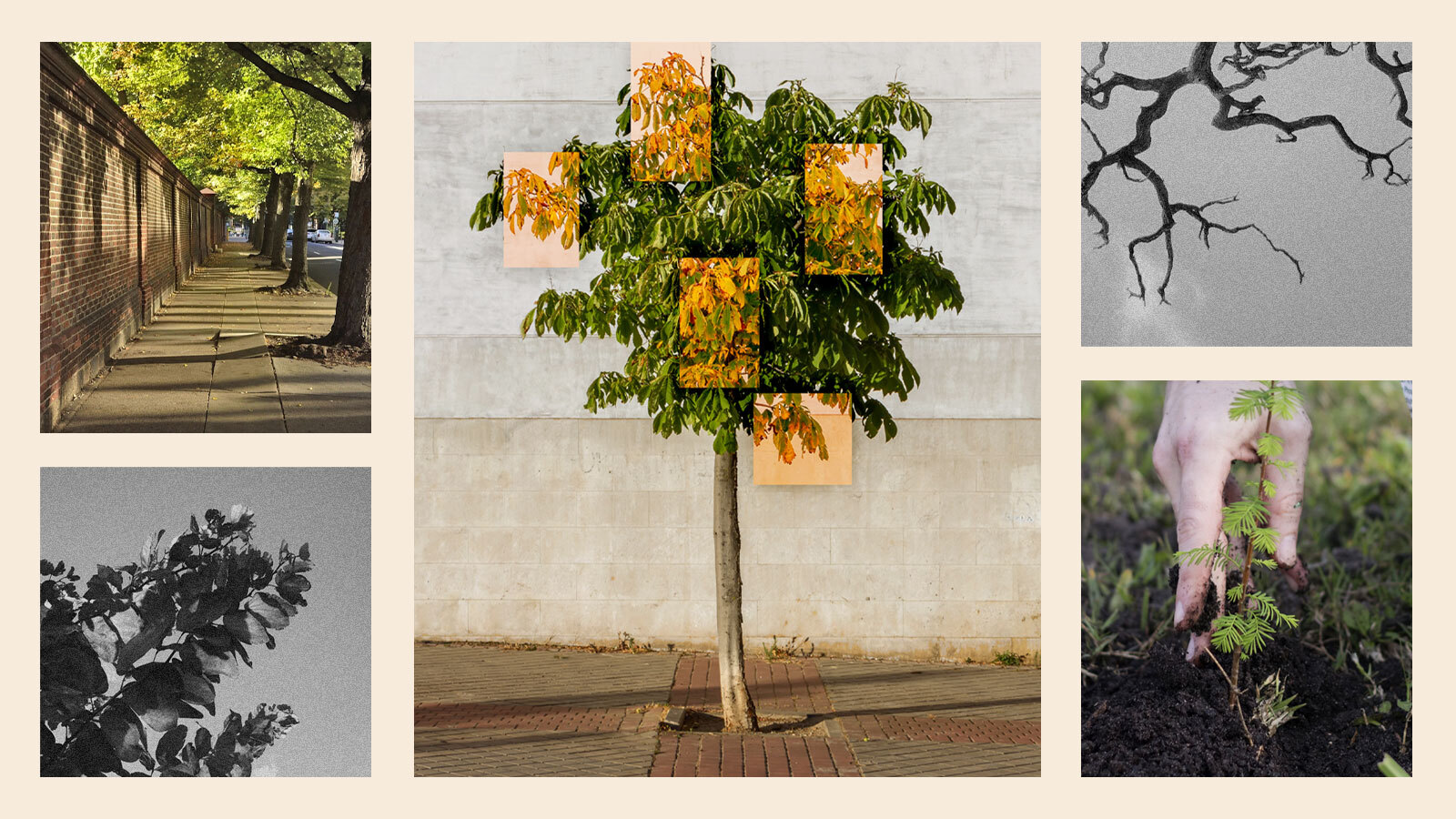






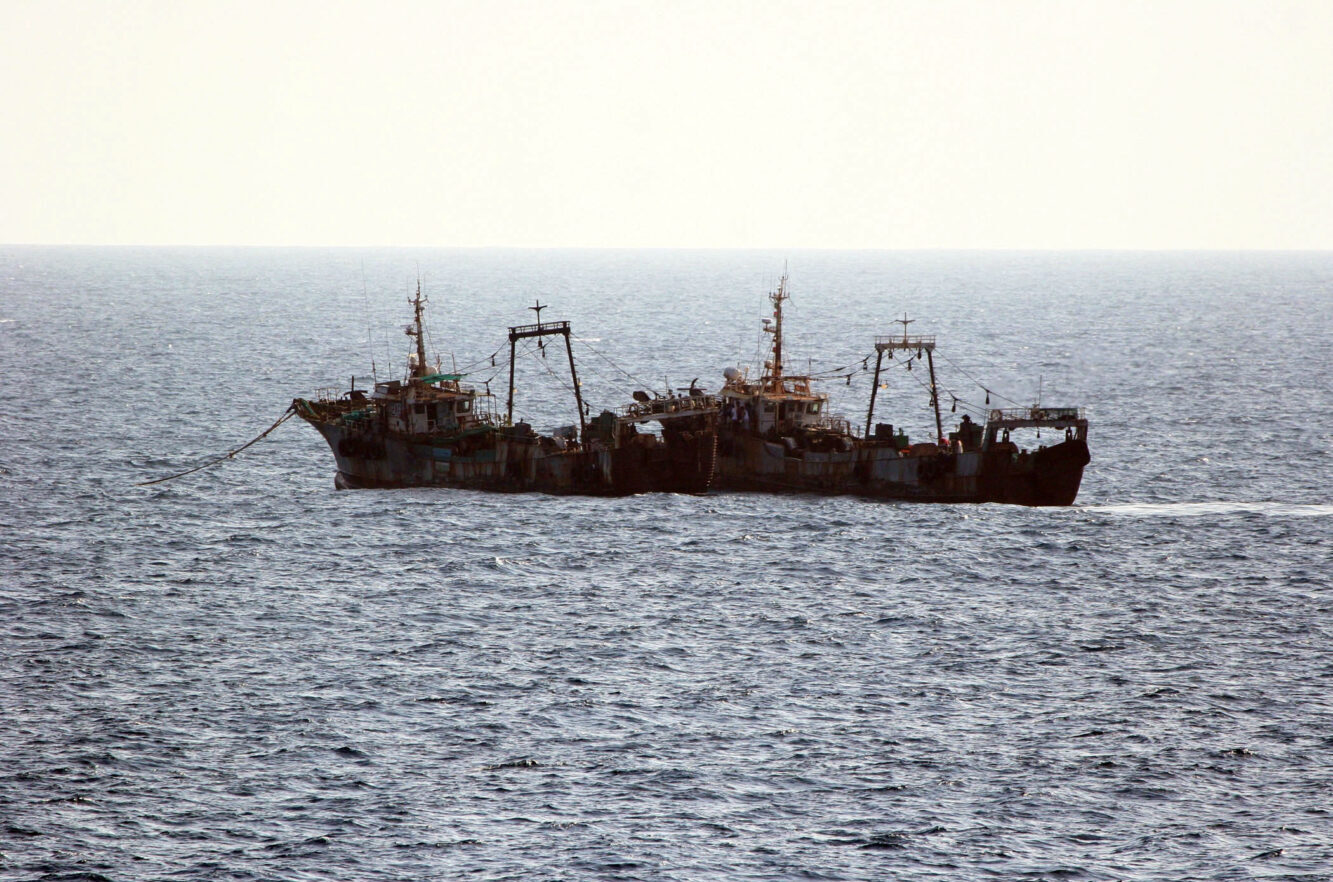





/cdn.vox-cdn.com/uploads/chorus_asset/file/25416369/STK473_NET_NEUTRALITY_CVIRGINIA_A.jpg)
